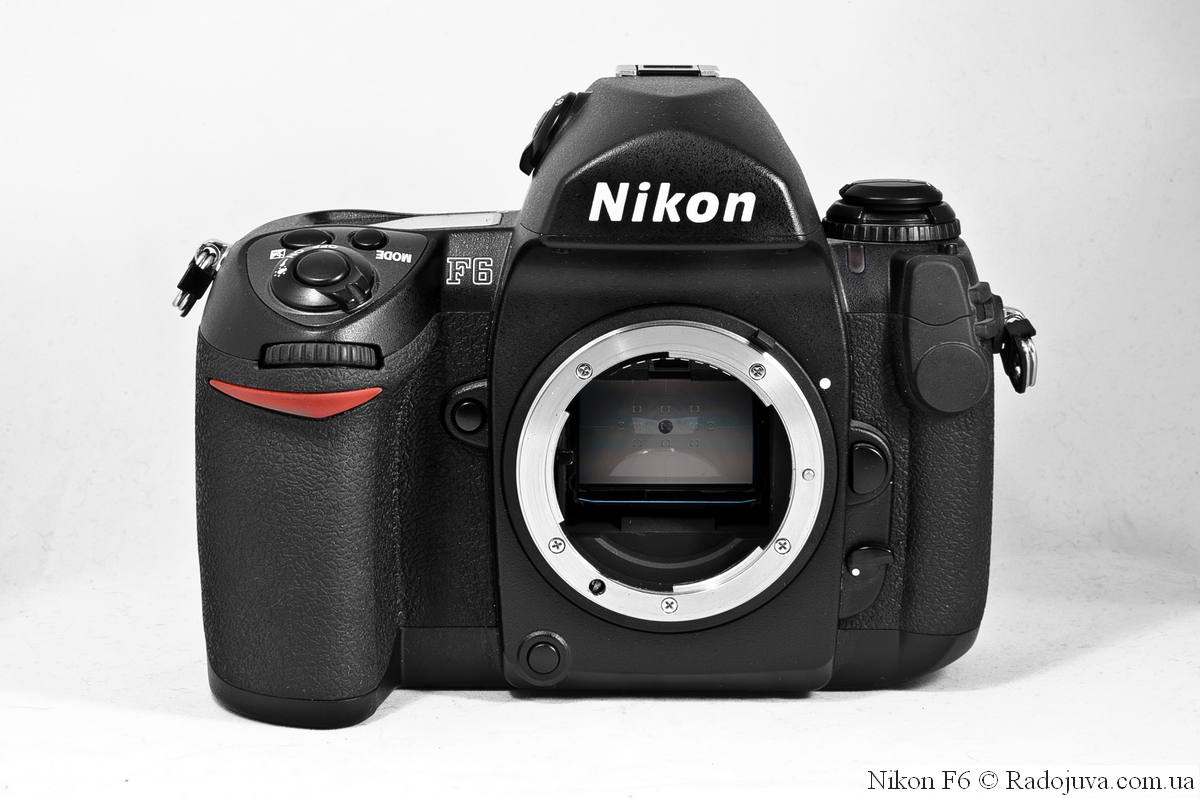


NIKON F6 BODY MANUAL
The user manual recommends against matrix metering with a polarizer, but I found that the metering worked fine with moderate polarizer effect. For most shots during the day, I used a circular polarizer on the lens. It also takes smaller filters, and the D-functionality and VR technology are not necessary for landscape use. This classic lens design is excellent optically and is significant lighter and smaller than the newer Nikkor 24-85 f/2.8-4D and 24-85mm f/3.5-4.5G lenses. For optics during my hike around and down into the canyon, I specifically chose my old pre-D AF Nikkor 28-85mm f/3.5 - 4.5 New zoom lens. I used Provia 100 film, which is my standard landscape slide film. Here is one of the images from that trip. I was able to test out my new F6 on a recent trip to the Grand Canyon. I came across a used F6 in mint condition, so a decided to jump for the opportunity.
NIKON F6 BODY FULL
I can always pick up a full frame digital SLR in the future. I prefer to have the newest technological advances and modern user interface with film, rather than a traditional analog-style interface with digital, such as the Df. I think it is cool that the Df has the old analog-style controls, but, as a film shooter at heart, I finally decided that now is the time to bring my film SLR into the 21st century with the F6. However, it seems that we can still anticipate even further advances in FX digital SLRs over the next few years, so, even at this stage of digital SLR development, I hesitate to throw thousands into an FX body that will be obsolete in just a few years.
NIKON F6 BODY UPGRADE
Late last year, as Nikon lovers anticipated the release of the new Nikon Df full-frame digital SLR body, I considered whether now was the time to finally upgrade my DX format D7000 to a full-frame FX digital SLR, such as the Df, D800, etc. I certainly appreciate those features in my D7000. Since I also use a Nikon D7000 digital SLR for everyday people and other photography, I felt little need to upgrade my SLR film bodies.Īnyway, as current day photographers, we have become accustomed to using cameras with the recent technological advances, such as advanced 3D color matrix metering, advanced electronic flash technology, more advanced and refined body design and construction, etc. So, for a time, I focused on on using my Mamiya 7 medium format rangefinder and my airline travel friendly Nikon FM2N/FE2. I mostly do landscape and travel photography, so I didn't want to lug around the full-size F5 body. When the F4 was replaced by the F5, I was one of those photographers who was put off by the relatively extreme size and weight of the F5. While I use autofocus zooms for the mid-range focal lengths, I like to use my old Ai Nikkor manual focus lenses for extreme wide angle and some telephoto applications. But, with the F90x, I missed the ability to see my aperture in the viewfinder and also do matrix metering with manual focus lenses. For a while, I used the F90x when it was in current production. However, while I love my F4 and have used it until very recently, it has obviously not been my main film body in recent years. If you have been reading my Nikon pro-series reviews in order, you can see that I have been a loyal user of Nikon pro-level bodies since the days of the Nikon Photomic FTn.


 0 kommentar(er)
0 kommentar(er)
